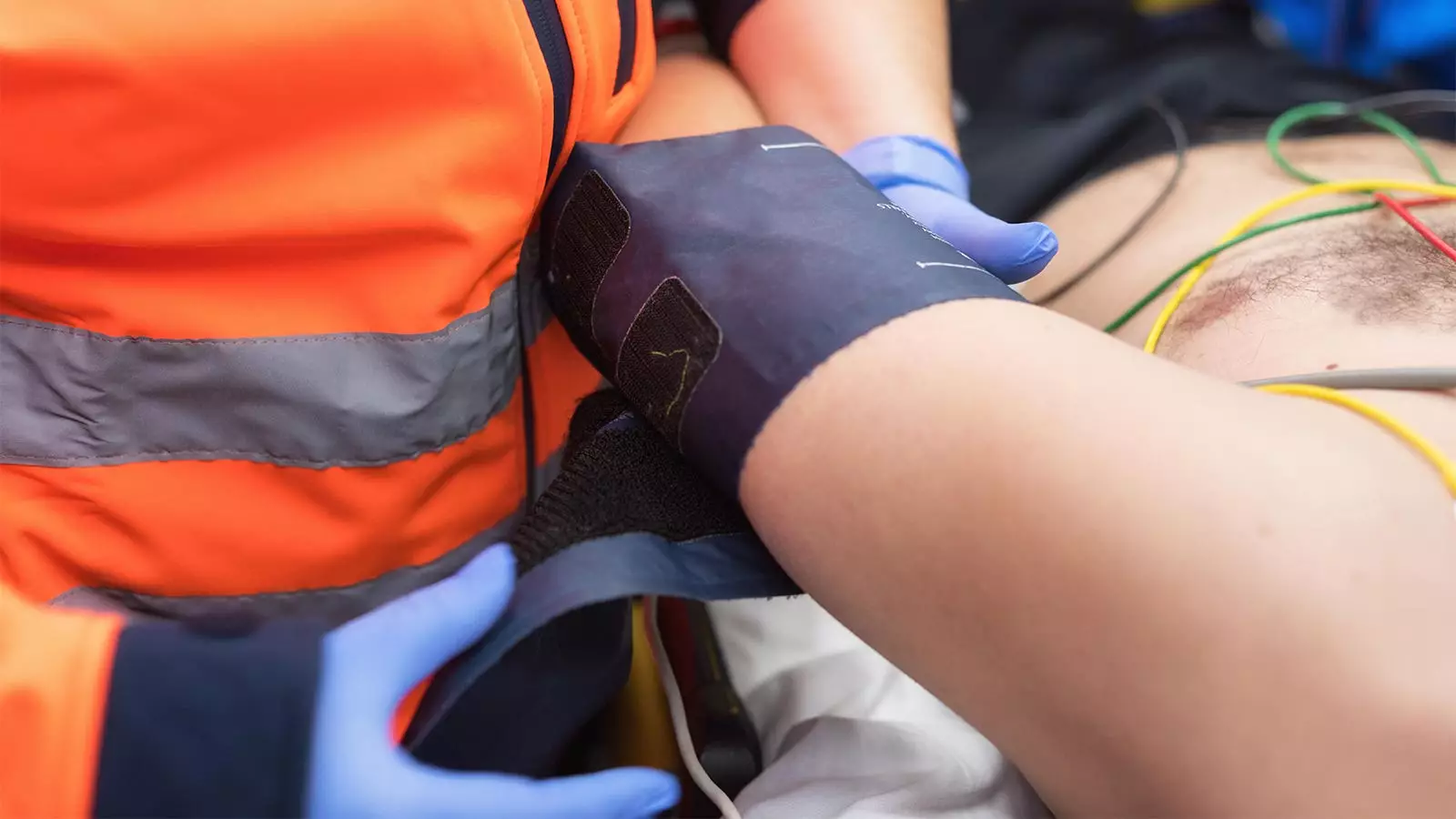A recent study conducted in China, known as the INTERACT 4 trial, aimed to determine whether bringing blood pressure under control in the ambulance would improve stroke outcomes for patients. However, the findings of the study showed that there was no significant improvement in functional outcomes when early systolic blood pressure reduction to 130-140 mm Hg was compared with usual care en route to the hospital. The study, as reported by Gang Li, MD, PhD, and colleagues, was published in the New England Journal of Medicine and presented at the European Stroke Organisation meeting in Basel, Switzerland.
Interestingly, the study found that for patients diagnosed with ischemic stroke at the hospital, prehospital blood pressure control actually increased the odds of a poor functional outcome. On the other hand, for patients with hemorrhagic stroke, there was a significant reduction in the risk of poor functional outcome. These results, although unexpected, highlight the complexity of managing blood pressure in the context of strokes.
Jonathan A. Edlow, MD, from Beth Israel Deaconess Medical Center and Harvard Medical School, provided an editorial accompanying the study results. He noted that while the results are valuable, they should be viewed as hypothesis generating rather than conclusive. Edlow raised concerns about the population studied, the medication used, and the ratio of patients with intracerebral hemorrhage to those with acute ischemic stroke. He emphasized the need for further validation of the trial results in diverse settings.
Study Limitations
The INTERACT 4 trial had several limitations that must be considered when interpreting the results. The study population consisted mainly of patients of Han Chinese ethnicity and was treated with a medication unavailable in the United States. The even distribution of patients with intracerebral hemorrhage and acute ischemic stroke was unusual and may not reflect populations in North America or Europe. Additionally, the high sensitivity of CT scans in detecting stroke in the study cohort raised questions about the accuracy of the findings.
Clinical Implications
Based on the results of the INTERACT 4 trial, it is essential for healthcare providers to carefully evaluate the benefits and risks of prehospital blood pressure control for stroke patients. The divergent outcomes for patients with different types of strokes suggest that a one-size-fits-all approach may not be effective. Moving forward, more research is needed to determine the optimal blood pressure management strategies for patients with acute stroke.
While the INTERACT 4 trial provides valuable insights into the impact of prehospital blood pressure control on stroke outcomes, the results should be interpreted with caution. The study’s limitations and the need for further validation underscore the complexity of managing blood pressure in the ambulance setting. By critically evaluating the data and considering individual patient factors, healthcare providers can make informed decisions regarding blood pressure management for stroke patients.


Leave a Reply